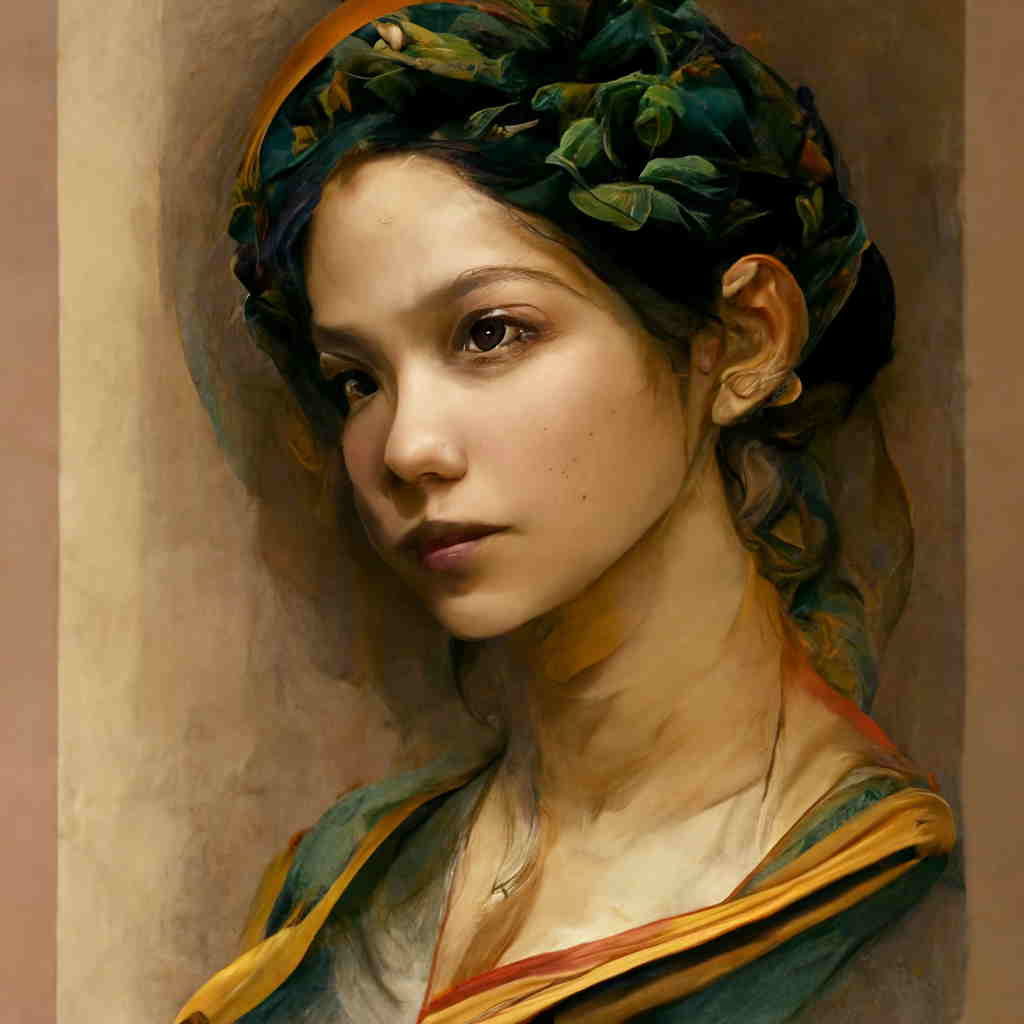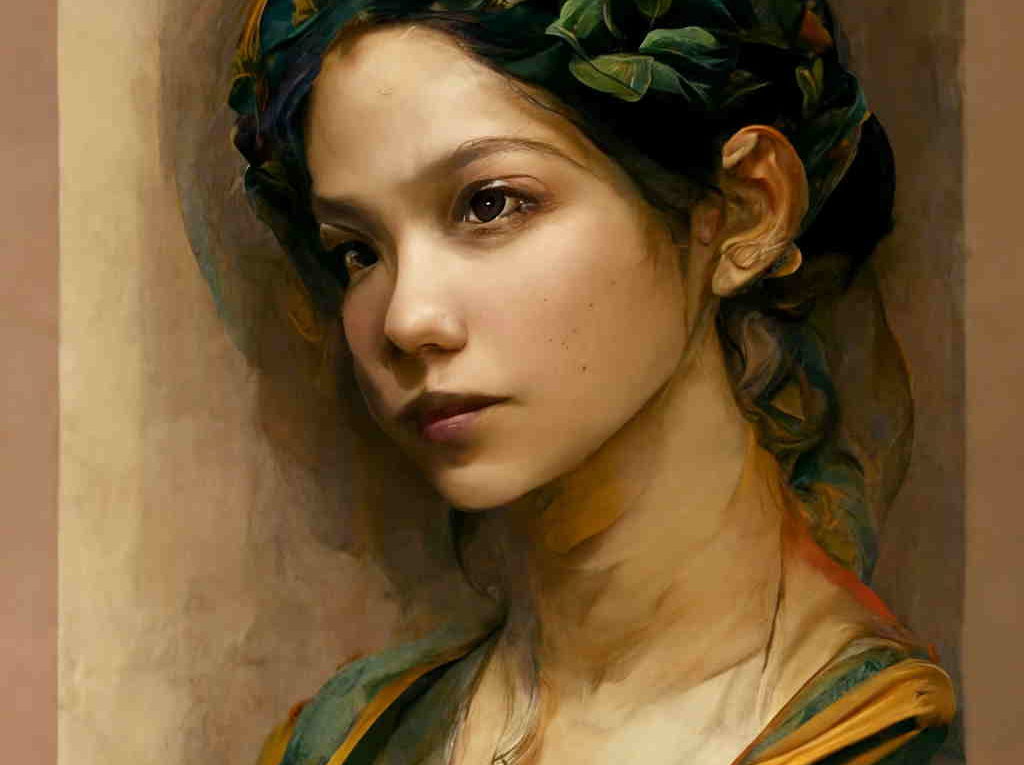The modern orchestra developed during the baroque period
The modern orchestra developed during the baroque period

The modern orchestra developed during the baroque period is often called “ancestral” because it makes up the foundation for so much classical music that was written afterwards. It was also revolutionary in many ways, introducing new instruments and styles (like opera) which still influence our musical world today.
The Baroque period is the first period where we can begin to be fairly certain as to how a great deal of the music which has survived actually sounded, particularly when it comes to vocal and large-scale instrumental music.
Vocal and instrumental pieces from the Renaissance often have very little musical notation available, so we don’t know exactly what they sounded like. However, we can get an idea by looking at other pieces composed around the same time period that are more fully documented. A good example would be Purcell’s setting of Dido and Aeneas: while there is no absolute certainty as to what his original version sounded like (there are only two copies), we do know that he revised it several times over his lifetime and one version survives with several additions by Handel which show us what some sections might have sounded like if they’d been written by either composer alone. The same applies for most composers who lived during this period – we can safely assume that their later compositions were influenced by earlier ones, but it’s difficult (if not impossible) to pinpoint exactly how much influence each piece had on another since there wasn’t yet any standard way for publishing music at that time.
The earliest notation of bowed string instruments like the violin or cello comes from this period.
This also marks the beginning of written music for other instruments, such as brass and woodwinds. The first major instrumental works were composed during this time as well, which included large-scale orchestral music.
The modern piano and harpsichord developed in this period.
The modern piano and harpsichord have their origins in the Baroque period, but it wasn’t until after the Classical period that they truly took on their modern forms.
The earliest pianos were similar to chards (small harpsichords) but with a hammer action instead of a jack action. The first real pianos appeared in the late 1600s, when Germans developed a larger version of this instrument with strings stretched across 88 keys rather than 61 keys, which gave it more range than its predecessors and allowed it to be used as accompaniment for singing.
Modern tonality, harmony, and counterpoint were developed by Italian composers in the early 1600s.
The modern orchestra was developed during the Baroque period. It is important to note that the Baroque era was an age of experimentation, and many things we take for granted today were invented or improved by artists working at this time. For example:
- Tonality – Renaissance composers used modes to organize their music. Modal music is a form of composition where notes are played in specific patterns depending on what mode they are in (dorian, phrygian, etc.). But Monteverdi developed tonality which means that all parts can play anywhere on any scale without having to worry about being in a specific mode. This allowed composers to use more complex harmonies and rhythms than previous composers had been able to achieve with modal music alone.* Harmony – Frescobaldi developed new forms of harmony including polychords (two different chords played simultaneously) and chordal progressions called “triad” movements.* Counterpoint – Gabrieli developed counterpoint by combining polyphonic lines into one large chorus or solo instrument using chords as well as melodies
The modern trumpet developed during this period.
The trumpet is an instrument that plays with a brass mouthpiece, and has evolved from the natural trumpet. The natural trumpet was invented in the Renaissance period and was made of a straight tube with fixed finger holes on it. This meant that musicians could only play certain notes, not all the notes in between like you can do with a modern trumpet. The modern trumpet is smaller than what you would see in an orchestra because we want to be able to hear it over other instruments when they play together. It also has valves which allow us to play chromatically instead of only playing through one hole at time, like our old friend did back then!
The earliest forms of opera originated in this period.
If you’re a classical music lover, you probably recognize the name “Baroque” as the genre of music that came before Bach and Mozart. But what do you know about it?
Why was it called “Baroque”? What did people think about during this period? Why did they create new art forms like opera and sonata? Let’s find out!
The word “Baroque” comes from an Italian word meaning “irregular.” It was used in architecture to describe buildings with curved lines and elaborate decorations. This style reflected how people were thinking during this time: they saw their world as being very different from what had come before—and maybe even a little bit strange.
thanks to all the innovations during the Baroque we have something that sounds like what we think of as an orchestra today
The modern orchestra developed during the Baroque period. The first orchestra was the string quartet, and they were usually only used for chamber music. By the 18th century, composers were writing pieces that included larger groups of instruments than just violins, cellos and double basses. This is what we think of as an orchestra today: a large ensemble made up of woodwinds and brass instruments with strings added to it. The orchestra has evolved over time from a smaller ensemble to one that can include many more instrumentalists working together in a cohesive fashion at any given time during a performance (depending on whether you’re listening to Bach or Stravinsky).
The Baroque period was a time of great innovation in music, especially when it comes to instrumentalists and vocalists. The modern orchestra developed during this period and many of our most familiar instruments can be traced back to this time period.
(Alain Jamot is a french modern-classical composer, writing for computer. You can listen to his music here.)

